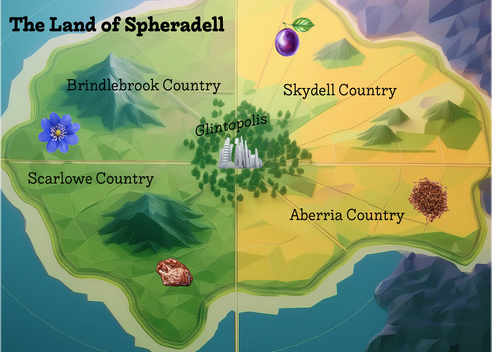Students will simulate trade barriers by repeating the simulation from Day 1 with the addition of government interventions. These trade barriers will impede the trade activity and indicate that government interventions are inefficient and hurt both sides. Students will define 5 different trade barriers and apply their experiences to understanding the trade barriers. Once they have read the definitions of 5 government trade interventions, they will analyze the outcomes of each. Students will then apply what they learned from the simulation to an exit ticket that invokes democratic processes.
Please note all student handouts are available for your use in the PDF and Google Document download options.

